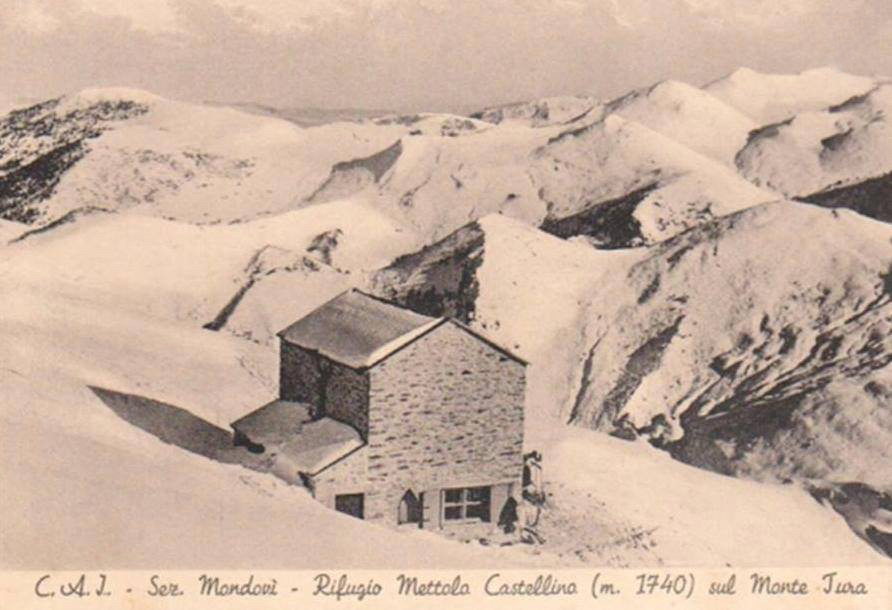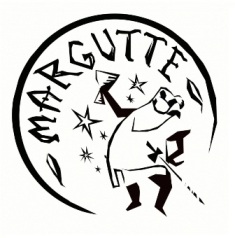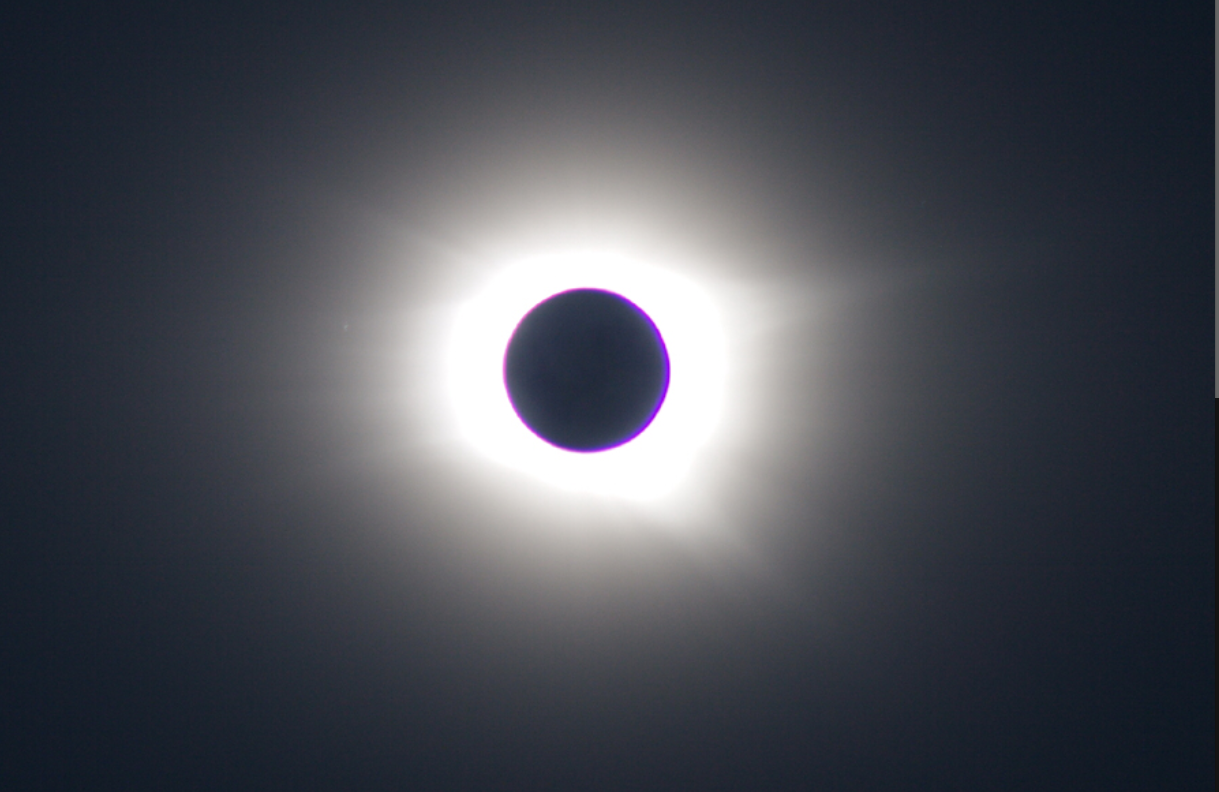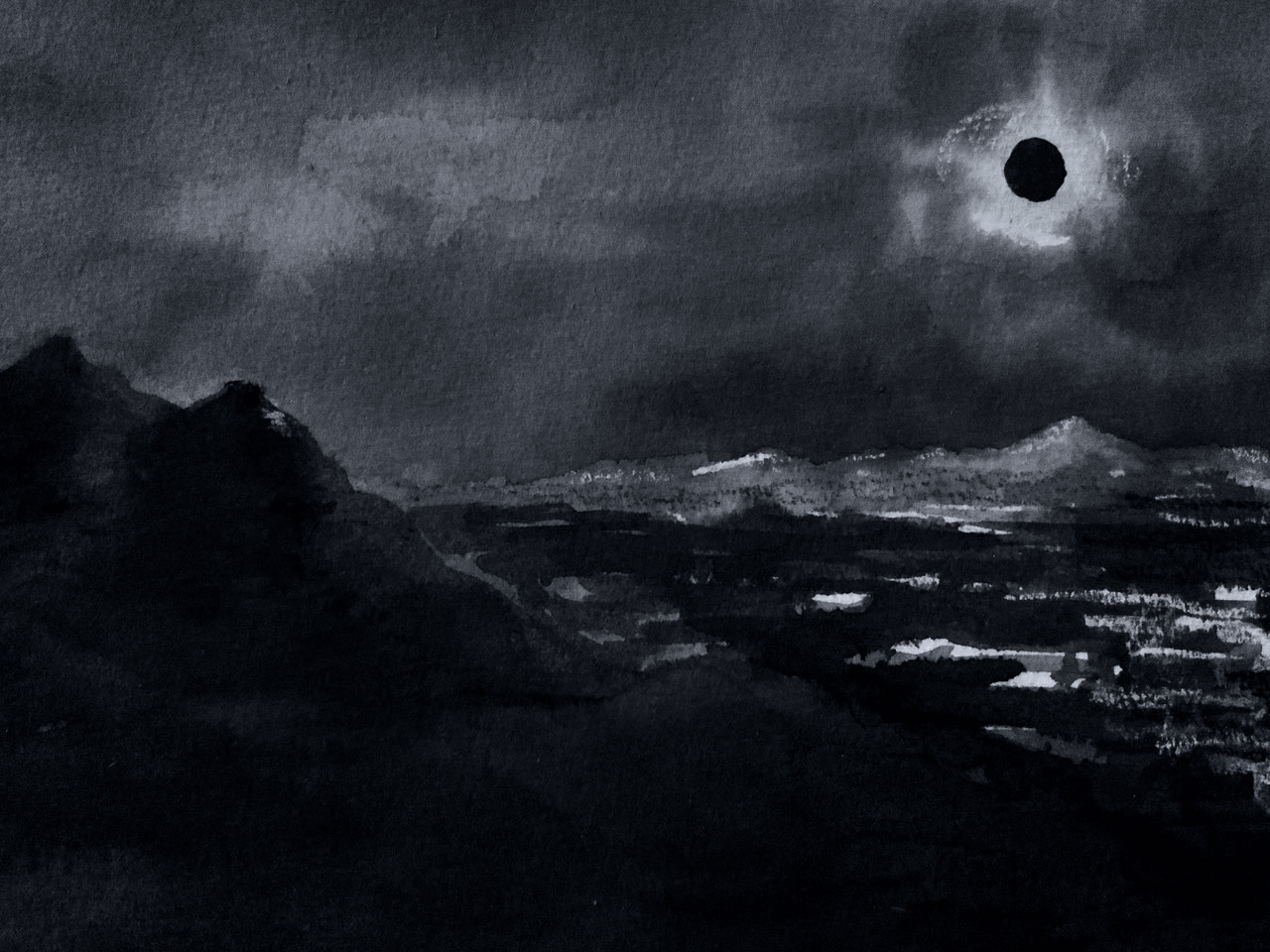SILVANO GREGOLI
Exactly sixty years ago, on the morning of February 15, 1961, a total solar eclipse in Italy affected southern Piedmont, Liguria, part of Emilia-Romagna, Tuscany, northern Lazio, Umbria, Marche and Abruzzo. To find another total solar eclipse in the same area, we have to go back to June 3, 1239, and to find a similar one in the future we will have to wait another sixty years, until September 3, 2081, but this time the trace of the totality will pass further north, in the Alps, as Stefano Rosoni writes on the AMA website (Associazione Marchigiana Astrofili).
Margutte recalls this exceptional event by publishing a “report” that Silvano Gregoli wrote shortly after and later on revisited in the form of a story.
In 1961, Gregoli was a young physics student with a passion for the mountains. It is therefore no surprise that he decided to climb one of his favorite mountains to observe the rare astronomical phenomenon “from as close as possible”. But at the heart of the eclipse, something activated in him “that little region of the brain which presides over the irrational and which attributes mystical properties to the great events of nature” (these are his words). That is why, that day, the young physicist became for the first time a writer, and his passion for the laws of nature and for the mountains was joined by that for the narration. Writing with speed and lightness, but at the same time with precision, visibility and multiplicity, as Calvino wants: by condensing in a text as short as an eclipse a rich “encyclopedia” of images, information and emotions.
***
THE ECLIPSE
February 15, 1961, Trucca della Tura
On the morning of February 15, 1961, at 8:34 am sharp, the moon passed in front of the sun and in Turin, for two minutes, trams and cars turned on the headlights. In many dark houses, in many buildings with lights always on, the eclipse was perceived as just the announcement of a thunderstorm, quickly dissipated. Many inhabitants of the big cities barely noticed it: an air made of fog, smoke and dust stagnated in the streets and on the roofs, so that the circle of the sun hardly had time to pass from rotten yellow to dark gray.
By now, years and years later, no one remembers that eclipse and maybe it doesn’t make any sense, today, to proudly announce that I, that morning, observed the total solar eclipse from the top of the Trucca della Tura.
I had gone to the Mettolo Castellino refuge the day before. The mountains were laden with snow and the nocturnal seal-skin climb had not been lit by any moon.
The next morning, at seven o’clock, a flash of young sun bursting from behind Monte Moro woke me up like a slap in the face. Without hesitation, I stepped out onto the little esplanade in front of the refuge, stunned by the flood of blinding light. Unreal vision: the granular snow, hardened by the night, pulverized the sun’s rays in millions of tiny rainbows. From below, in the great silence, from some distant grove of hazelnuts came, velvety, the song of the cuckoo. I also saw two chamois crossing a snow-capped mountain side, dotted with larches, far below.

I was in no hurry, as the Trucca della Tura was nearby. At around half past seven I was on my way: without skis because the snow, hard as rock, would have held up until late. I went up with my eyes closed, blinded by the sun and sweat, the perspective closed by the same dazzling ridge I was climbing. I walked slowly, often stopping to get my eyes used to the glow of the mountain. Arrived at the top of the Trucca, and in accordance with an acquired ritual, I froze and started to assimilate the landscape with long and deep glances.
La Trucca is a place where looking is an absorbing activity, almost painful. The white slope plunged into the Ellero Valley in great silence: smooth and dotted with sparse larch trees at first, all ruffled with chestnut-covered ridges and bumps down there, towards the river. And finally, here is the plain! Already all green with spring, all flowered with small and large villages, hills, bridges, roads, bell towers. At night, the plain was like the moon: evanescent, melancholic, elusive. By day she had the color and vitality of the sun.
That morning the air was transparent and it was clear that the plain, dammed by the Alps to the north and west, instead overflowed towards the east where it faded into a bluish haze.
The eclipse started at 8.34. At this precise moment, the lunar disk began to bite the sun from below, with no apparent consequences. With an area now halved, the sun continued to shine as if the dead half had doubled the brilliance of the other. It was only when the sun took the form of a small crescent moon that the big cosmic clock gave the first signs of bewilderment, as if to announce that a mere geometric play of light and shadow was about to produce dramatic events on Earth.
The temperature dropped suddenly and the wind suddenly rose: a hard, cold wind which raised white plumes on the surrounding ridges. Then, finally, I saw the night coming. The night of the eclipse was not coming from the east, like all the others. It was arriving from the west, from the western borders of Piedmont. A black front, a dark sector advanced silently, gradually covering the whole plain. The front of the night, very visible, was a vertical plane sweeping sky and earth, and lighting, in its wake, cities, villages and stars.
Already the Monviso and the Argentera had disappeared, swallowed up by this gloomy space all flickering with lights. Then, all of a sudden, darkness fell over the Trucca too.
If I had been alone in these mountains, I would have recorded the following images: the sun was a black disc with a blazing edge; the sky was starry; the surrounding mountains remained confusedly visible, as livid as rocks in an aquarium; the snow of La Trucca gave off violet reflections; the wind blew in swirls and the lights of the plain swayed fearfully.
But I was not alone: dozens of mountaineers, shepherds, old men and dogs lived in the huts below, scattered among the last beeches. The low mountain was a swarm of life, always governed by the primordial cycles of day and night, sun and moon.
And so, it happened that all those hidden lives began to scream. Frantic cries that filled woods and valleys with anguish and mingled with the long howls of dogs. Screams of terror which gushed from the roots of a small solar world, struck at eight in the morning by a horrible swarm of stars. And who had told Toni, Bastian, Gioan, Meo that the bright sun of an almost spring morning would have suddenly gone out? That the stars would have appeared in the sky? And that all of this was normal, expected, meticulously calculated? And who had gone to explain it to the dogs? They were there, outside the hut basking in the sun when, suddenly, the wind had picked up, day had fallen into night and Toni had started screaming with a voice …! A voice they had never heard, a voice like the howl of a dog.
So, for two endless minutes, the whole valley echoed “O-o-o-o-ohhh!” and “U-u-u-u-uhhh!” which supported and reinforced each other.
Two minutes of a total solar eclipse is a long ordeal for a still young man, standing atop the Trucca della Tura and suspended in a paradoxical night swollen with distant cries. Perhaps, at the heart of the eclipse, something had activated in him too that little region of the brain which presides over the irrational and attributes mystical properties to the great events of nature.
Fortunately, from the west, from the mountains of the frontier, advancing in the same modalities with which it had retreated not long before, light returned, day returned and the distant peaks rekindled one by one like light bulbs of an illuminated badge.
Then even the Trucca della Tura was submerged by a wave of dazzling light and the black cloak of the eclipse hastily disappeared behind the Mondolé.
***
Two earlier versions of the story appeared in: Silvano Gregoli, E laggiù, Mondovì, Edizioni Il Belvedere, Mondovì 1990 and id., Alpi Liguri primo amore, CDA & Vivalda editore, Torino 2004
***
HERE the Italian version
HERE the French version
(click on the tag “Silvano Gregoli” to read others articles of and on Silvano Gregoli)



